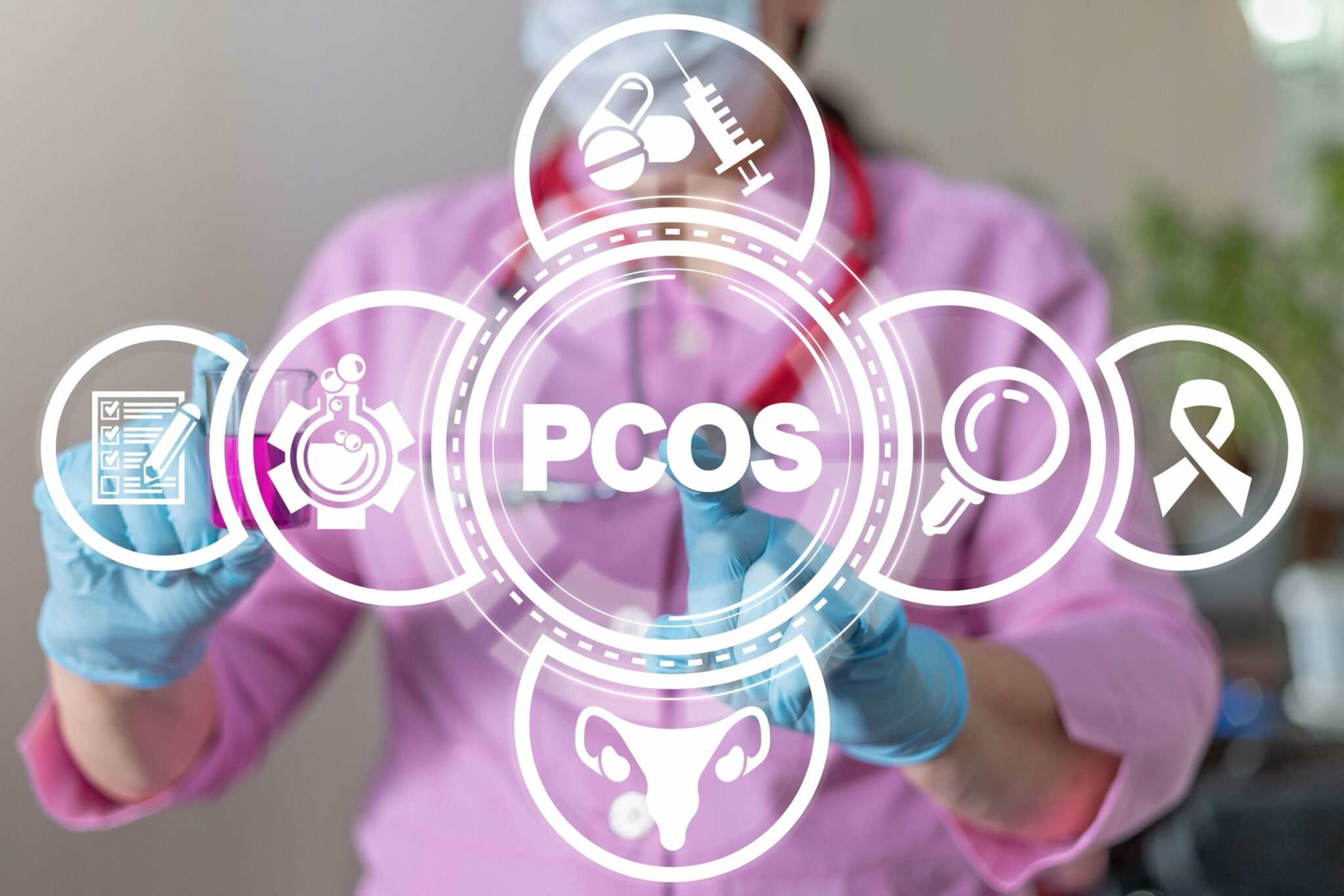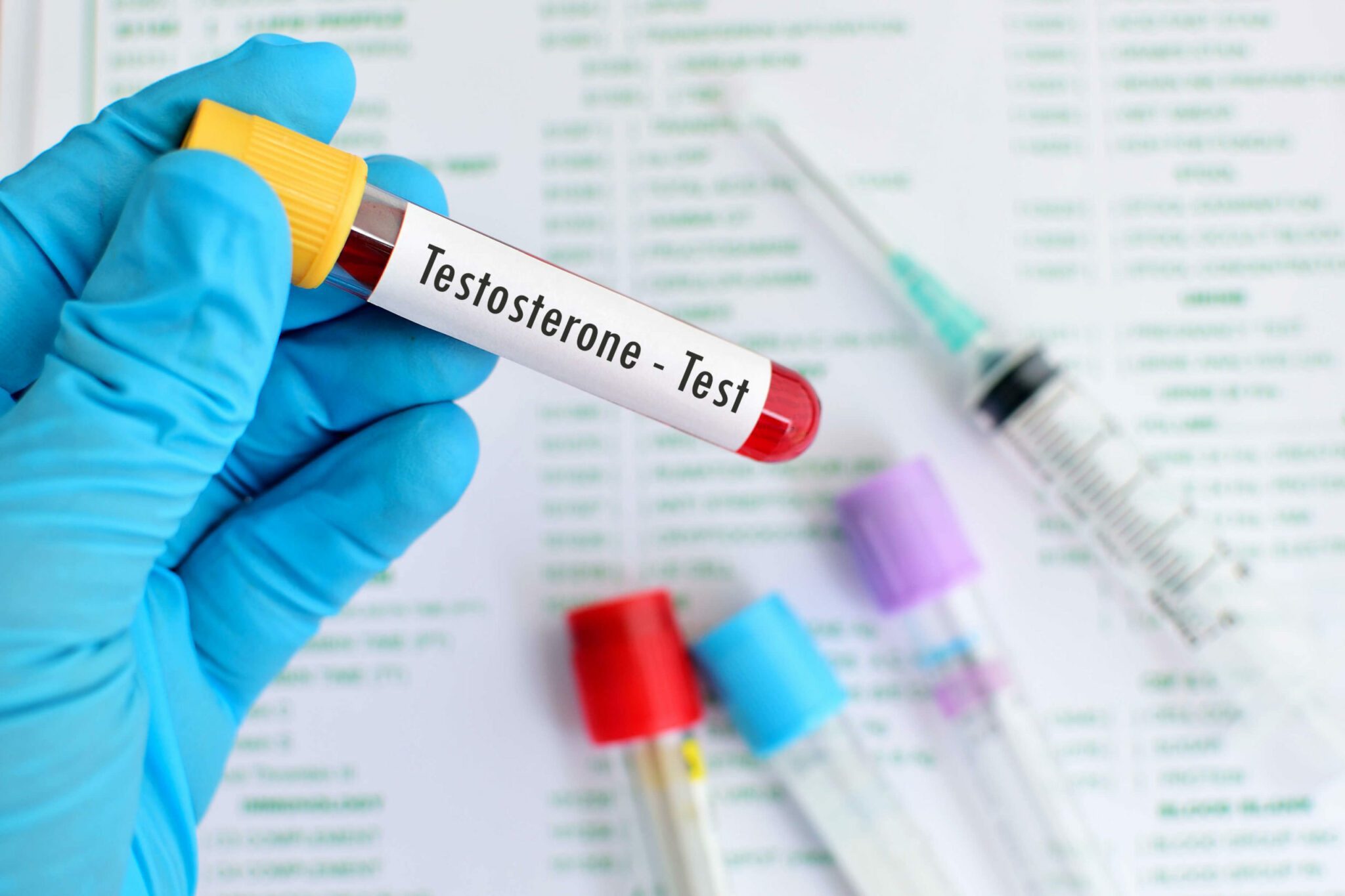What is PCOS?


- What is PCOS? PCOS (polycystic ovary syndrome) is a common condition that is hard to diagnose as there are a range of symptoms. These can look similar to other disorders including endometriosis.
- The type of PCOS varies depending on the symptoms.
- If you have PCOS you may have irregular periods with a failure to ovulate and you may experience infertility.
- PCOS can be treated with lifestyle changes such as maintaining a healthy diet and weight.
PCOS (Polycystic Ovary Syndrome) is the most common hormonal condition affecting women of reproductive age. As many as 6 in 10 women suffer from PCOS.
Diagnosis of the condition is complicated by the fact that it is likely to be a spectrum of disorders that fall under the same broad category. It is widely accepted that the presence of polycystic ovaries in isolation is an insufficient basis on which to form a diagnosis.
If you are concerned and think you may have PCOS, there are blood tests available to support a diagnosis. Our at-home PCOS Test will check for key hormonal imbalances including elevated levels of testosterone and other male hormones (a key symptom of PCOS), all from the comfort of your own home. As you do not need a doctor’s referral this is a good way to get informed.
In 2003 a consensus in Rotterdam categorised polycystic ovary syndrome into four different physical manifestations of the disease – listed below with their predominant symptoms:
Classic polycystic ovary PCOS
- Chronic anovulation (failure to ovulate)
- Hyperandrogenism
- Polycystic ovaries.
Classic non-polycystic ovary PCOS
- Chronic anovulation
- Hyperandrogenism
- Normal ovaries.
Non-classic ovulatory PCOS
- Regular menstrual cycles
- Hyperandrogenism
- Polycystic ovaries.
Non-classic mild/normoandrogenic PCOS
- Chronic anovulation
- Normal androgens
- Polycystic ovaries.
Most clinical guidelines, including those issued by the National Institute of Health and the Rotterdam consensus workshop, state that for a diagnosis of PCOS, patients should present with at least two out of three of the main symptoms. Each of these symptoms can vary in severity and specifics. When considering therapy for PCOS, it is important to consider the specific symptoms and tailor a personalised treatment plan accordingly.
Predominant symptoms of PCOS
- Menstrual irregularities most frequently involve anovulation, or having a menstrual cycle without ovulation. Women who experience anovulation are more likely to experience metabolic symptoms, such as insulin resistance and obesity. This puts them at higher risk of type 2 diabetes and cardiovascular disease, which can be very serious if left untreated. Women with irregular cycles will probably also have an abnormal ratio of LH/FSH.
- Hyperandrogenism is one of the cardinal features of PCOS, however, in isolation is still not sufficient for a positive diagnosis. Hirsutism and acne are two of the major clinical markers of hyperandrogenism; although male-pattern hair loss and a type of hyperpigmentation, known as acanthosis nigricans, can also manifest in PCOS sufferers. Biochemically, confirmation of hyperandrogenism usually comes from measuring the levels of circulating testosterone in the blood.
- Polycystic ovaries are not essential for a diagnosis of PCOS. Follicular cysts are very common, particularly during puberty, they occur when a follicle containing an egg does not open. The fluid within the partially mature follicle then forms a cyst on the ovary. The presence of follicular cysts does complicate the diagnosis of polycystic ovary syndrome. The general consensus is that if each ovary contains more than 12 follicles, which are between 2-9 mm in size, and ovarian volume exceeds 10ml, then PCOS should be considered. Your doctor will normally use an ultrasound scan to examine your ovaries in detail.
Does PCOS run in families?
Recent work has suggested that some people are born with a genetic polymorphism that causes heightened levels of anti-Müllerian hormone, and this seems to predispose them to polycystic ovary syndrome-like symptoms in adulthood. However, more research into novel genetic markers of the disease is needed to improve diagnosis. Although PCOS is typically diagnosed in adulthood, the first symptoms may actually arise during adolescence. Unfortunately, these symptoms can be masked by normal pubertal development events as it can take up to two years for the menstrual cycle to become regular.
Nabta is reshaping women’s healthcare. We support women with their personal health journeys, from everyday wellbeing to the uniquely female experiences of fertility, pregnancy, and menopause.
Get in touch if you have any questions about this article or any aspect of women’s health. We’re here for you.
Sources:
- El Hayak, S, et al. “Poly Cystic Ovarian Syndrome: An Updated Overview.” Frontiers in Physiology, vol. 7, 5 Apr. 2016, p. 124., doi:10.3389/fphys.2016.00124.
- Lizneva, Daria, et al. “Criteria, Prevalence, and Phenotypes of Polycystic Ovary Syndrome.” Fertility and Sterility, vol. 106, no. 1, July 2016, pp. 6–15., doi:10.1016/j.fertnstert.2016.05.003.
- Rotterdam ESHRE/ASRM-Sponsored polycystic ovary syndrome Consensus Workshop Group. “Revised 2003 Consensus on Diagnostic Criteria and Long-Term Health Risks Related to Polycystic Ovary Syndrome.” Fertility and Sterility, vol. 81, no. 1, Jan. 2004, pp. 19–25.
- “How Do Health Care Providers Diagnose polycystic ovary syndrome?” National Institute of Health, www.nichd.nih.gov/health/topics/polycystic ovary syndrome/conditioninfo/diagnose. Last Reviewed Date 31/1/2017.












































